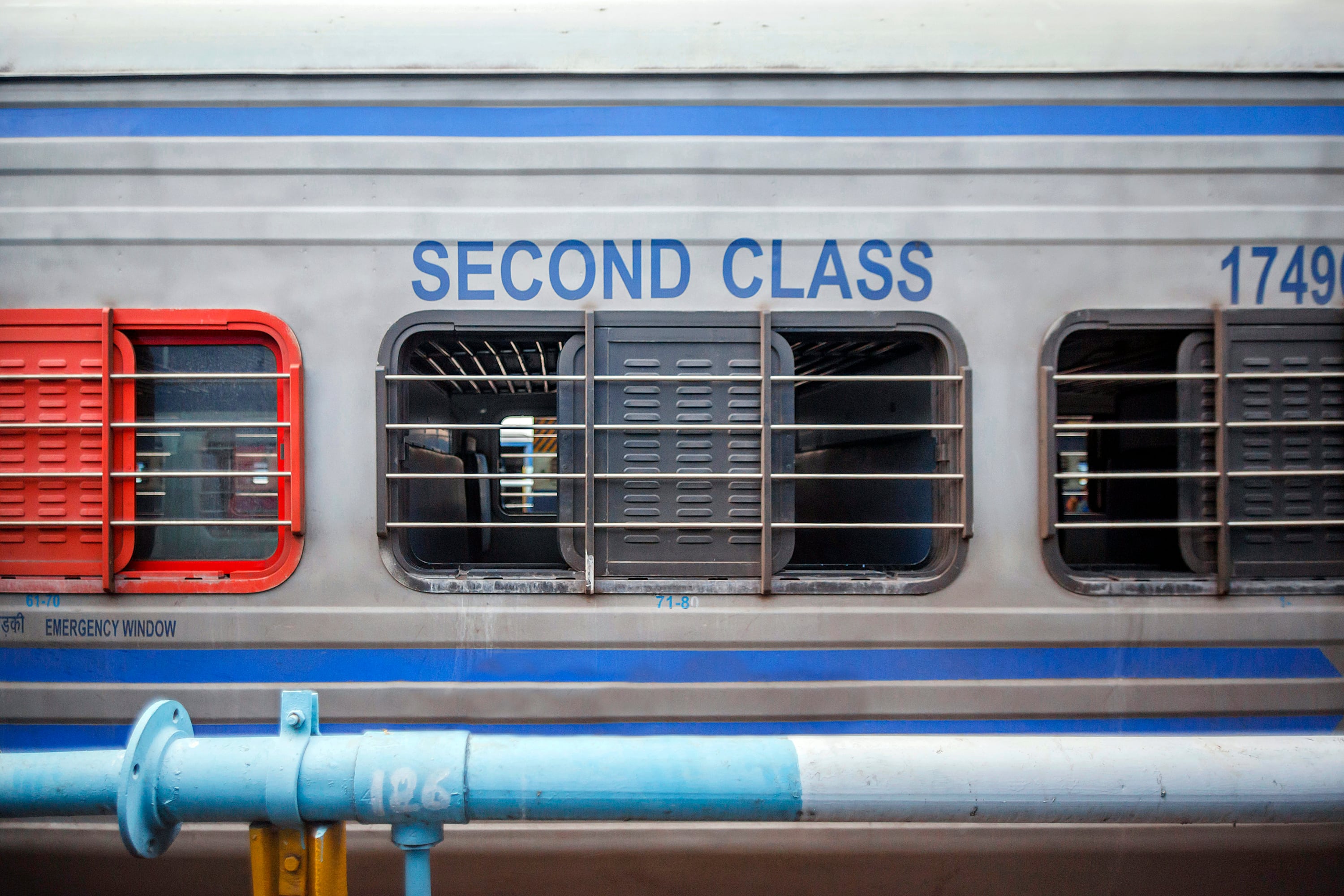The railway has always provided different classes of travel, but the way this has been structured has evolved over the past two centuries.
In this article, we explore how train classes have changed over time and what options are available for passengers today.
Three classes of rail travel
From the very beginning, railways divided their passengers into different classes. These followed the model of stagecoaches and reflected wider social divisions.
First-class carriages were enclosed and had upholstered seats, whilst second-class carriages were also enclosed but lacked the upholstery. Passengers in third-class sat on benches in open wagons, these were often referred to as ‘stand ups.’

Minimum standards for third-class travel
The Railway Regulation Act (1844) enforced minimum standards for passenger travel. Although the original Bill proposed state ownership of the railways, this was excluded from the final Act.
The new law required train operators to:
- Run affordable services for working people to get to their workplaces.
- Provide at least one daily service that included third-class travel on every line, every weekday.
- Ensure fares were no more than one penny per mile and included a free luggage allowance. Although this wasn’t cheap for workers, it improved the labour mobility.
- Trains to travel an average of at least 12 miles per hour (19 km/h).
- Provide seating and protect passengers from the weather.
Abolishing second-class
Rail companies often scheduled the daily train with third-class facilities at unpopular times to deter wealthier passengers from switching to the cheaper option. Despite this, many second-class passengers switched to third-class to save money.
Midland Railway decided that maintaining three classes was unnecessary. As third-class travel was legally required, Midland opted to abolish second-class instead. From 1 January 1875, they offered only first- and third-class options.
The new policy caused controversy. Most railway companies opposed the move, and many second-class passengers resented having to choose between paying first-class fares or travel with lower-income groups. Over the following decades, other companies decided to follow Midland’s lead.
LNER was one of the last to abolish second-class, doing so in 1937.
Third becomes second
On 3 June 1956, British Railways renamed third class as ‘second-class’. They repainted carriages and booking offices accordingly.
British Railways argued that the changes aligned with European railways, which had only offered first- and second-class travel.
Second becomes standard
Over time ‘second-class’ had gained negative connotations as an ‘inferior’ service.
In Chris Mullins’ 1982 novel, A Very British Coup, socialist Prime Minister Harry Perkins arrives at a railway station. Perkins is asked by a reporter “Are you going to abolish first class?” Perkins answers that he intends to abolish second-class travel.
British Rail, though, did not abolish second-class but instead rebranded it as ‘standard class’ on 11 May 1987. The company explained the change reflected improved routes and the fact some routes only had one class of travel. However, many saw it as a diplomatic move to erase the stigma associated with the ‘second-class’.

Classes today
The railway system did not create class distinctions but has historically reflected them.
While terms like ‘second-class’ have become outdated, distinctions based on comfort and affordability still exist. Instead of being about social hierarchy, class differences on trains today are largely about buying comfort. Those who can afford it, or those whose businesses are paying for them, can opt for a more luxurious journey.
Where is first class on a train?
First-class carriages are typically located at the front of the train. On longer trains, they may be at the front of each half of the train. This placement minimises the walking distance for first-class passengers at stations.
On some routes, the first-class area is a section of a carriage rather than a whole carriage.
First-class travel often provides larger, more comfortable seats with more legroom, and onboard staff provide at-seat services. Sometimes on crowded services, staff may declassify the carriage, allowing standard ticket holders to sit in first-class.
Do second-class carriages still exist?
While ‘second-class’ no longer exists in the UK under that name, some heritage railways preserve original second-class carriages for visitors to experience.
Outside the UK, many countries still use ‘second-class’ to label what British trains now call ‘standard class.’

Travel with Avanti
Avanti West Coast offers three classes of train travel, though not all train services include all options.
- Standard Class includes free Wi-Fi, plug sockets and ‘click and collect’ food and drinks.
- Standard Premium has larger seats and a guaranteed table.
- First Class provides larger seats with more legroom, guaranteed tables and complimentary food and drink served by a dedicated host. First-class passengers also have access to exclusive station lounges.
If you already have an Avanti Standard ticket, you can pay to upgrade to Standard Premium or First Class for additional comfort on your journey.














